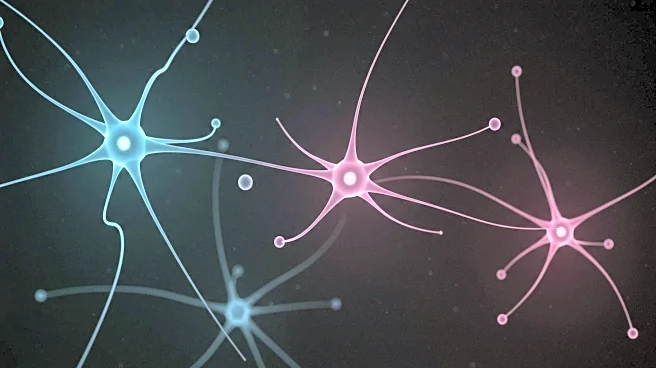Rapid Read • 6 min read
Researchers have identified a pathogenic variant in the ZNF319 gene that disrupts nuclear localization and transcriptional regulation, leading to a novel form of autosomal recessive leukodystrophy. The study focused on an 18-year-old male with symptoms including spasticity, ataxia, and cognitive decline. The variant causes structural instability in the zinc finger domain, affecting protein function and nuclear transport. This discovery expands the genetic landscape of leukodystrophies and provides insights into transcriptional regulation related to myelin maintenance.
AD
The identification of ZNF319 as a gene implicated in leukodystrophy offers new avenues for understanding and potentially treating these disorders. By elucidating the molecular mechanisms behind the disease, researchers can develop targeted therapies to address the genetic causes of white matter degeneration. This discovery also highlights the importance of genetic research in uncovering the complexities of inherited neurological disorders.
Further studies are needed to explore the full range of effects caused by the ZNF319 variant and its role in leukodystrophy. Researchers may investigate potential therapeutic interventions that can correct or mitigate the effects of the mutation. Additionally, expanding genetic screening for ZNF319 variants could improve diagnosis and management of leukodystrophies.
AD
More Stories You Might Enjoy










